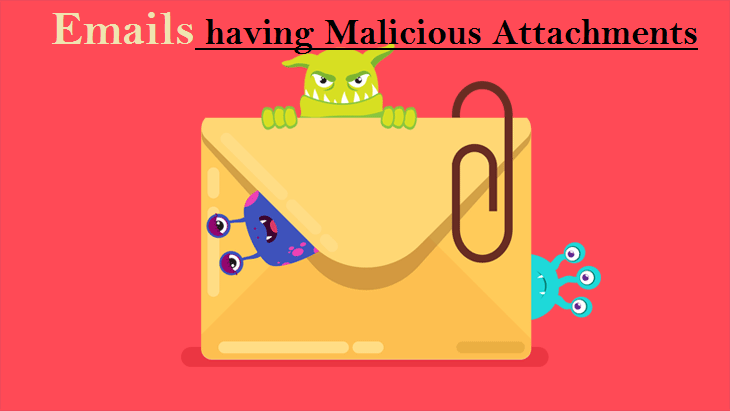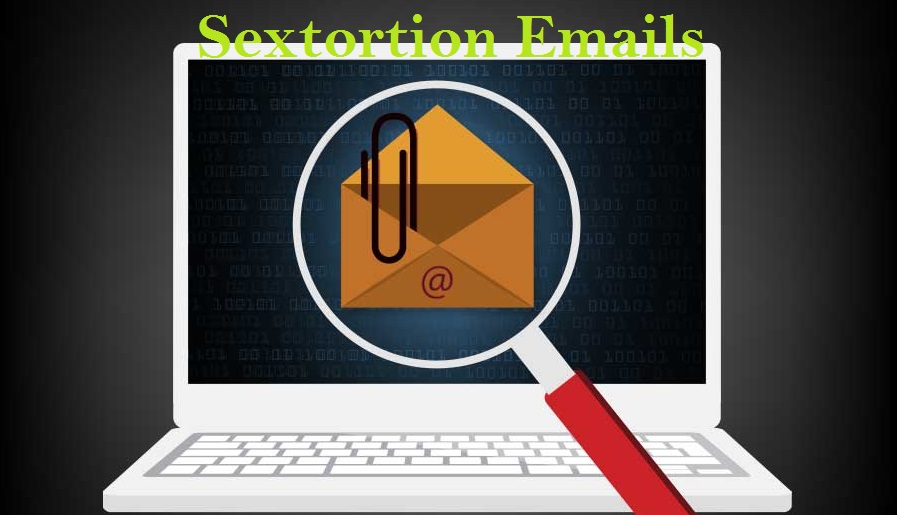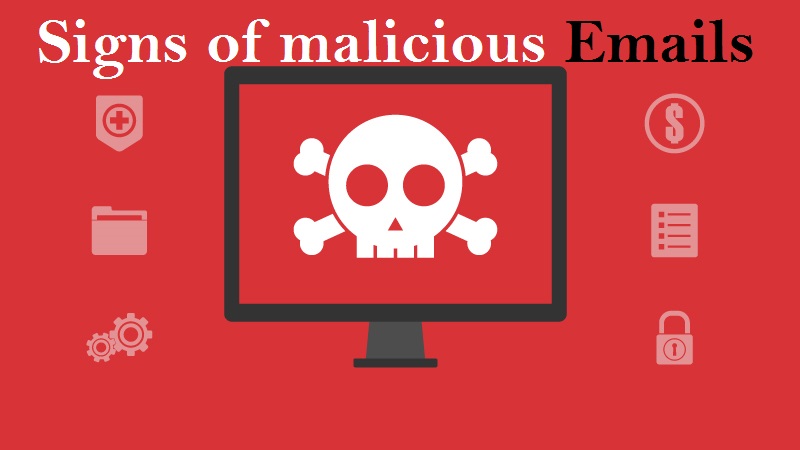Don’t Fall Victim to the “Device Hacked” Email Extortion Scam
“Device Hacked” Email Extortion Scam Outline
Beware of the “Device Hacked” Email Extortion Scam – a tricky phishing scheme where cybercriminals send deceitful emails to trick unsuspecting victims into paying a ransom. The scam starts with a message claiming bad news: your device is supposedly infected with dangerous malware, giving criminals full access to your system.
The fraudulent email goes further, saying they have remote access to personal files, online accounts, webcams, and microphones. To make their threats seem real, they claim to have extracted video footage and private data from your computer. They even say the email was sent from your hacked account to prove control, and they may send the message multiple times to overcome skepticism.
The email then takes a dark turn, alleging that explicit videos were recorded of you through your webcam, describing inappropriate activities. The scammers threaten to leak these fictional videos to all your contacts unless you pay a ransom, typically ranging from $500 to $2000, in untraceable cryptocurrency like Bitcoin, and they demand the payment within an extremely short timeframe.
Here’s the truth: it’s all a fabrication. The scammers never hacked your system, installed malware, accessed your webcam, or recorded any illicit videos. None of their claims are true. It’s a deceitful tactic aimed at intimidating victims into paying money.
The criminals rely on fear and urgency to manipulate victims. By preying on anxieties and exploiting a lack of technical knowledge, they hope some people will believe the threats and pay the ransom out of fear. However, there’s no actual danger – it’s a massive phishing scam where the criminals send threatening emails to a large number of people, hoping that a small percentage will fall for the scam.
How the “Device Hacked” Email Extortion Scam Operates
Cybercriminals are using tricky social engineering tricks in a step-by-step process to extort money from unsuspecting victims:
- Target Acquisition: Scammers gather large lists of potential victims through deceitful methods like buying stolen email lists on the dark web, hacking into databases, using email harvesting tools, exploiting website vulnerabilities, or using leaked data from previous breaches. These massive email lists provide a pool for wide-scale scam campaigns.
- Email Spoofing: To make their phishing emails appear more legitimate, scammers use technical tricks to disguise the true origin. They alter the message header, making the “From” address show one of the victim’s own email accounts instead of the scammer’s address. This creates a false sense of trust.
- Fear-Inducing Content: The phishing email is carefully crafted to scare and pressure recipients. The criminals claim to have used malware to access devices and record explicit videos through the webcam. The email threatens to publicly share these videos and private data unless a ransom, usually ranging from $500 to $2000, is paid in Bitcoin within a tight 3-day timeframe.
- Bitcoin Payment: Scammers insist on Bitcoin payments due to its anonymity. The email includes a Bitcoin wallet address where victims are instructed to submit the ransom fund. Bitcoin allows criminals to receive payments without leaving traceable bank transactions, helping them conceal their identity.
- Waiting for Responses: After sending scary emails, scammers wait for frightened people to pay, and even a 1% response can give them a lot of money
It’s crucial to understand that the scammers never actually possess or distribute compromising videos of victims. The entire extortion premise is a fabrication. Their primary goal is to deceive victims into paying money by leveraging fear and urgency. To protect yourself, be cautious of unexpected emails, verify information independently, and never rush into making payments based on threatening messages.
Message in the Spam Letter:
Hello there! Unfortunately, there are some bad news for you. Some time ago your device was infected with my private trojan, R.A.T (Remote Administration Tool), if you want to find out more about it simply use Google. My trojan allowed me to access your files, accounts and your camera. Check the sender of this email, I have sent it from your email account. To make sure you read this email, you will receive it multiple times. You truly enjoy checking out porn websites and watching dirty videos, while having a lot of kinky fun. I RECORDED YOU (through your camera) SATISFYING YOURSELF! After that I removed my malware to not leave any traces. If you still doubt my serious intentions, it only takes couple mouse clicks to share the video of you with your friends, relatives, all email contacts, on social networks, the darknet and to publish all your files. All you need is $800 USD in Bitcoin (BTC) transfer to my account. After the transaction is successful, I will proceed to delete everything. Be sure, I keep my promises. You can easily buy Bitcoin (BTC) here: https://cex.io/buy-bitcoins https://nexo.com/buy-crypto/bitcoin-btc https://bitpay.com/buy-bitcoin/?crypto=BTC https://paybis.com/ https://invity.io/buy-crypto Or simply google other exchanger. After that send the Bitcoin (BTC) directly to my wallet, or install the free software: Atomicwallet, or: Exodus wallet, then receive and send to mine. My Bitcoin (BTC) address is: 16RrKqp6gvepFSBMTcoVzdJZ1NSbA7PjZA Yes, that’s how the address looks like, copy and paste my address, it’s (cAsE-sEnSEtiVE). You are given not more than 3 days after you have opened this email. As I got access to this email account, I will know if this email has already been read. Everything will be carried out based on fairness. An advice from me, regularly change all your passwords to your accounts and update your device with newest security patches.
In terms of email-based cyber threats, what are the different types of malicious emails?
Emails having Malicious Attachments

Email spam containing malicious attachments is a commonly employed method by cybercriminals to compromise users’ computers with malware. Malicious attachments often harbor trojans that possess the ability to pilfer sensitive data such as banking details, passwords, and other confidential information.
The primary objective of cybercriminals in these attacks is to deceive their potential victims into accessing a compromised email attachment. They commonly employ email messages that discuss recently obtained invoices, faxes, or voice messages to accomplish this aim.
If an unsuspecting individual succumbs to the trap and opens the attachment, their computer becomes infected, allowing cybercriminals to gather a substantial amount of confidential data.
Although it is a more intricate technique to pilfer personal data (as spam filters and antivirus programs typically identify such endeavors), if cybercriminals achieve success, they can access a broader spectrum of information and continue accumulating data over an extended duration.
Phishing Emails

Typically, cybercriminals employ deceitful emails to deceive individuals on the internet into divulging their confidential personal information, such as login credentials for diverse online platforms, email accounts, or online banking details.
These types of attacks are commonly known as phishing. In a phishing attack, cybercriminals typically send an email that mimics the branding of popular services like Microsoft, Amazon, DHL, or Netflix. They craft messages with a sense of urgency, such as incorrect shipping details or expired passwords, and include a hyperlink, hoping to entice unsuspecting recipients into clicking on it.
Upon clicking the provided link in these email messages, victims are redirected to a counterfeit website that closely resembles the legitimate one. In this deceptive environment, victims are prompted to enter their password, credit card information, or other sensitive data, which is subsequently harvested by cybercriminals for malicious purposes.
Spam Emails

Spam emails are unsolicited, bulk messages sent to a large number of recipients simultaneously. They often contain unwanted advertisements, scams, or fraudulent offers. The primary purpose of spam emails is to promote products, services, or websites, sometimes of dubious nature.
These emails can be sent by individuals or automated bots, and they often target a wide range of recipients without their consent. Spam emails can clog up inboxes, consume storage space, and pose risks such as phishing attempts or malware distribution.
Sextortion Emails

This type of email is a form of phishing known as a “sextortion scam.” It preys on individuals’ fears and attempts to blackmail them into paying a ransom. The scam email falsely claims that a cybercriminal has gained unauthorized access to the victim’s webcam and possesses a compromising video recording of them engaging in explicit activities.
The scammers leverage the potential embarrassment and shame associated with such content to coerce the victim into paying a ransom, often in the form of cryptocurrency, to prevent the release of the alleged video. However, it is crucial to understand that these claims are entirely false and fabricated.
What are some indicators or signs that can help identify a malicious email?

To spot a malicious email you can look for the following indicators:
Suspicious Sender: Check the sender’s email address and verify if it matches the official contact information of the organization or person they claim to represent. Be cautious of email addresses that contain misspellings, random numbers, or unfamiliar domain names.
- Poorly Written Content: Pay attention to grammar and spelling mistakes, unusual language, or poor formatting. Legitimate organizations usually maintain professional communication standards.
- Urgent or Threatening Language: Beware of emails that create a sense of urgency, pressure you to take immediate action, or threaten negative consequences if you don’t comply. Scammers often use fear or time-sensitive situations to manipulate victims.
- Suspicious Attachments or Links: Be careful of email attachments or links, especially from unknown or unexpected sources. Don’t open attachments or click on links unless you are confident about their legitimacy. Hover over links to see the actual URL before clicking.
- Requests for Personal Information: Legitimate organizations typically don’t request sensitive information, such as passwords, Social Security numbers, or credit card details, via email. Avoid providing personal data unless you are certain of the email’s authenticity.
- Unusual Requests or Offers: Be wary of emails offering unexpected rewards, prizes, or financial opportunities. If something seems too good to be true or doesn’t align with your normal interactions, it could be a sign of a scam.
- Suspicious Email Design: Poorly designed or visually inconsistent emails may indicate a scam. Watch for generic greetings, mismatched logos, or distorted images.
If you have doubts about an email’s legitimacy, it’s best to err on the side of caution. Avoid clicking on links or downloading attachments, and consider contacting the sender through a verified channel to verify the email’s authenticity.
What actions can be taken if you have fallen for an email scam?

Below are the steps you should take if you’ve fallen prey to the “Device Hacked” Email Extortion Scam.
- If you have mistakenly provided your credit card information after clicking on a link in a phishing email, it is crucial to immediately contact your bank and inform them about the situation. It is highly likely that you will need to take steps to cancel the compromised credit card and request a replacement for enhanced security.
- If you have inadvertently provided your password after falling for an email scam, it is essential to promptly change your password. Typically, cybercriminals gather stolen login details and sell them to other malicious groups for potential exploitation. By changing your password immediately, you reduce the likelihood of criminals having sufficient time to cause harm or unauthorized access to your accounts and information.
- If you notice any indications of identity theft, it is important to promptly reach out to the Federal Trade Commission (FTC). The FTC will gather information about your situation and develop a personalized recovery strategy.
- Assist in safeguarding fellow internet users by reporting phishing emails to organizations such as the National Fraud Information Center, Anti-Phishing Working Group, FBI’s Internet Crime Complaint Center, and the U.S. Department of Justice.
- If you have inadvertently opened a malicious attachment, it is likely that your computer has been compromised. To address this, it is advised to conduct a thorough scan of your system using a reliable antivirus software. We suggest utilizing SpyHunter 5 for Windows to help mitigate any potential threats.
⇓⇓Download Spyhunter 5 Free Scanner⇓⇓
Do make sure to read SpyHunter’s EULA and Privacy Policy. Spyhunter free scanner downloaded just scans and detect present threats from computers and can remove them as well once, however it requires you to wait for next 48 hours. If you intend to remove detected threats instantly, then you will have to buy its licenses version that will activate the software fully.
Frequently Asked Questions
Why was I included in the distribution of this email?
Phishing emails are often disseminated by threat actors through extensive campaigns, leading to thousands of recipients receiving comparable messages.
If I have viewed a spam email but refrained from opening the attachment, is there a possibility that my computer has been infected with malware?
Simply opening or reading an email does not pose a direct risk of malware infection. The actual threat arises when you interact with malicious attachments or links contained within the email, triggering potential malware download or installation processes.
If I downloaded and opened a file from a spam email, does that mean my computer is infected?
If the file you opened from a spam email was an executable file (.exe, .run, etc.), there is a high chance that your computer may be infected. However, if the file was a document format (.doc, .xls, .one, .pdf, etc.), the risk of infection may be lower as these formats usually require additional actions to initiate the download or installation of malware, such as enabling macros or clicking on embedded content.
If I have unknowingly shared my personal information in response to a deceptive spam email, what steps should I take to mitigate the potential risks?
If you have mistakenly shared your login credentials, it is crucial to change the passwords for all affected accounts promptly. Additionally, if sensitive personal information like identification documents or credit card details were disclosed, it is important to promptly notify the relevant authorities or organizations responsible for handling such incidents.
Is SpyHunter 5 capable of detecting and eliminating malware infections that may be present in email attachments?
SpyHunter 5 is powerful security software that is specifically designed to scan devices and effectively remove various types of malware infections. With its comprehensive scanning capabilities, it can detect and eliminate most known malware threats, including those that may be present in email attachments and pop-up notifications. Running a thorough system scan is crucial to ensure that all potential threats are identified and removed from your device.




